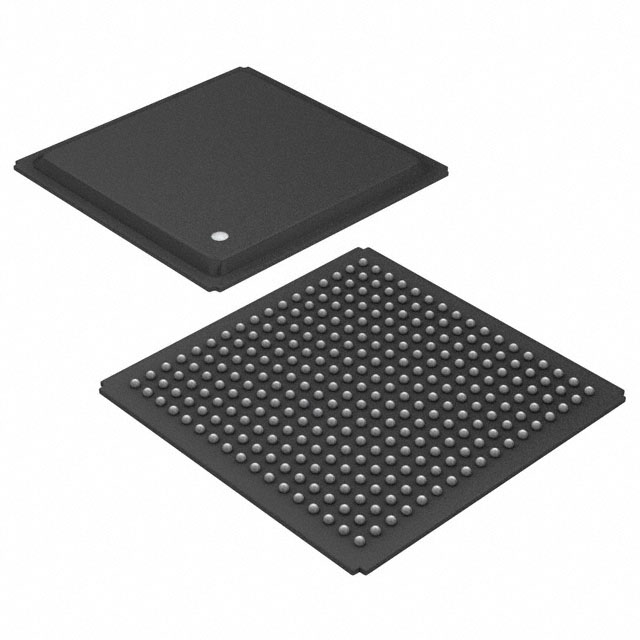DLKPC192S: Features: 10-Gbps Ethernet LAN PCS With 64b/66b ENDEC 10-Gbps Media-Independent Interface (XGMII) Using 2.5-V SSTL Class 2 Technology 10-Gbps 16-Bit Interface (XSBI) Using LVDS Technology IEEE 802....
floor Price/Ceiling Price
- Part Number:
- DLKPC192S
- Supply Ability:
- 5000
Price Break
- Qty
- 1~5000
- Unit Price
- Negotiable
- Processing time
- 15 Days
SeekIC Buyer Protection PLUS - newly updated for 2013!
- Escrow Protection.
- Guaranteed refunds.
- Secure payments.
- Learn more >>
Month Sales
268 Transactions
Payment Methods
All payment methods are secure and covered by SeekIC Buyer Protection PLUS.

 DLKPC192S Data Sheet
DLKPC192S Data Sheet






